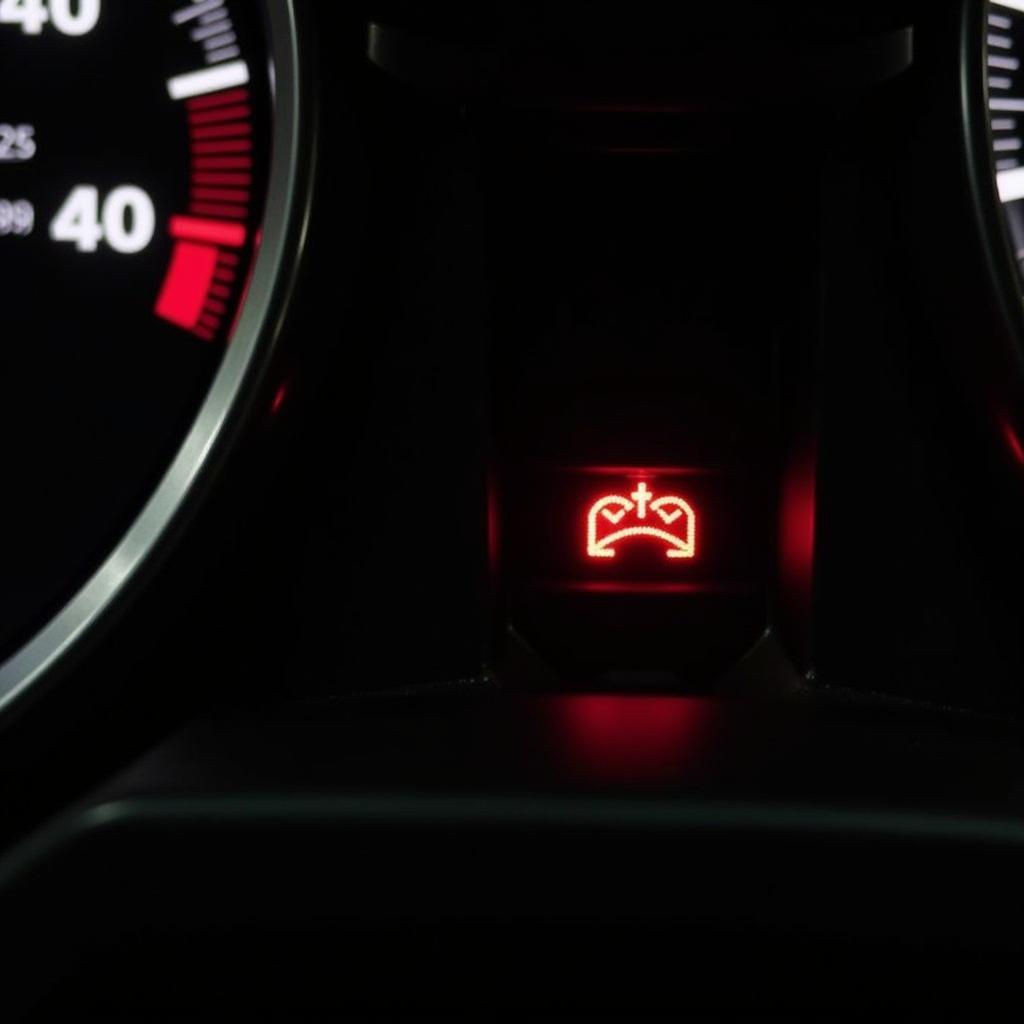The “square body” generation of Chevrolet and GMC trucks, produced from 1973 to 1987, are renowned for their ruggedness and classic styling. However, like any vehicle of their era, they can experience electrical issues as they age. One common problem encountered by owners is a malfunctioning brake warning pigtail. This small but crucial component connects the brake warning light system to the vehicle’s wiring harness, and a fault in this area can lead to a persistent brake warning light on the dashboard. This article serves as a guide to understanding, diagnosing, and resolving square body brake warning pigtail issues.
Understanding the Brake Warning Pigtail’s Role
The brake warning pigtail acts as a bridge between the stoplight switch, mounted on the brake pedal, and the vehicle’s main wiring harness. When the brake pedal is pressed, the stoplight switch activates, sending a signal through the pigtail to the brake warning light circuit. This signal illuminates the brake warning light on the dashboard, indicating to the driver that the brake lights are engaged.
Beyond simply signaling the brake lights, the brake warning pigtail plays a crucial role in monitoring the hydraulic brake system. The pigtail often incorporates a pressure differential switch, which detects imbalances in hydraulic pressure between the front and rear brake circuits. Any significant difference in pressure, often indicative of a leak or system malfunction, triggers the brake warning light, alerting the driver to a potential safety hazard.
Common Symptoms of Brake Warning Pigtail Problems
A faulty square body brake warning pigtail can manifest itself in several ways, including:
- Constantly illuminated brake warning light: This is the most common symptom, indicating a continuous fault in the brake warning circuit.
- Intermittent brake warning light: The light may flicker or illuminate inconsistently, suggesting a loose connection or damaged wiring within the pigtail.
- No brake lights: In some cases, a damaged pigtail can disrupt the entire brake light circuit, resulting in non-functional brake lights.
Diagnosing the Issue
Before replacing the pigtail, it’s essential to diagnose the problem accurately:
- Visual Inspection: Begin by visually inspecting the brake warning pigtail for any signs of damage. Look for:
- Corroded or damaged terminals
- Broken or frayed wires
- Loose or disconnected connections
- Melted or burnt plastic components
- Test the Stoplight Switch: If the pigtail appears visually sound, the stoplight switch might be the culprit. Use a multimeter to test the switch for continuity when the brake pedal is pressed and released.
- Check the Fuse: A blown fuse in the brake light circuit can also cause a malfunctioning brake warning light. Locate the appropriate fuse in the fuse box and check it for continuity using a multimeter.
- Inspect the Wiring Harness: Trace the wiring harness from the pigtail towards the dashboard and the rear brake lights, checking for any damage, cuts, or loose connections.
Replacing the Square Body Brake Warning Pigtail
If your diagnosis points to a faulty brake warning pigtail, replacing it is a relatively straightforward process:
- Disconnect the Battery: Always disconnect the negative battery cable before working on any electrical components.
- Locate the Pigtail: The brake warning pigtail is typically located on the driver’s side frame rail, near the master cylinder.
- Disconnect the Pigtail: Carefully disconnect the pigtail connector from the vehicle’s wiring harness.
- Remove and Replace: Unscrew the old pigtail from the master cylinder and install the new pigtail in its place.
- Reconnect and Test: Reconnect the pigtail connector to the wiring harness, reconnect the battery, and test the brake lights and warning light to ensure the new pigtail is functioning correctly.
Expert Insights
“A common mistake I see is people automatically assuming the stoplight switch is faulty when they experience brake light issues,” says John Miller, a veteran automotive electrician with over 20 years of experience working on classic Chevrolet trucks. “Always inspect and test the brake warning pigtail first. It’s a relatively inexpensive component, and replacing it can often solve a multitude of brake light and warning light problems.”
Conclusion
A malfunctioning square body brake warning pigtail can be a nuisance and a potential safety hazard. By understanding the pigtail’s function, recognizing the symptoms of a faulty component, and following the diagnostic and replacement steps outlined in this guide, you can effectively resolve this common issue and ensure the reliability and safety of your classic Chevrolet or GMC truck.

